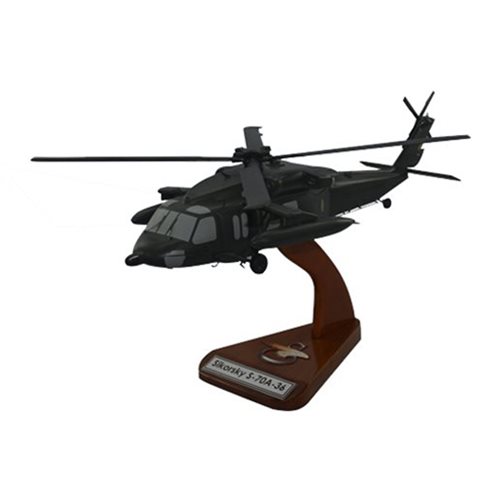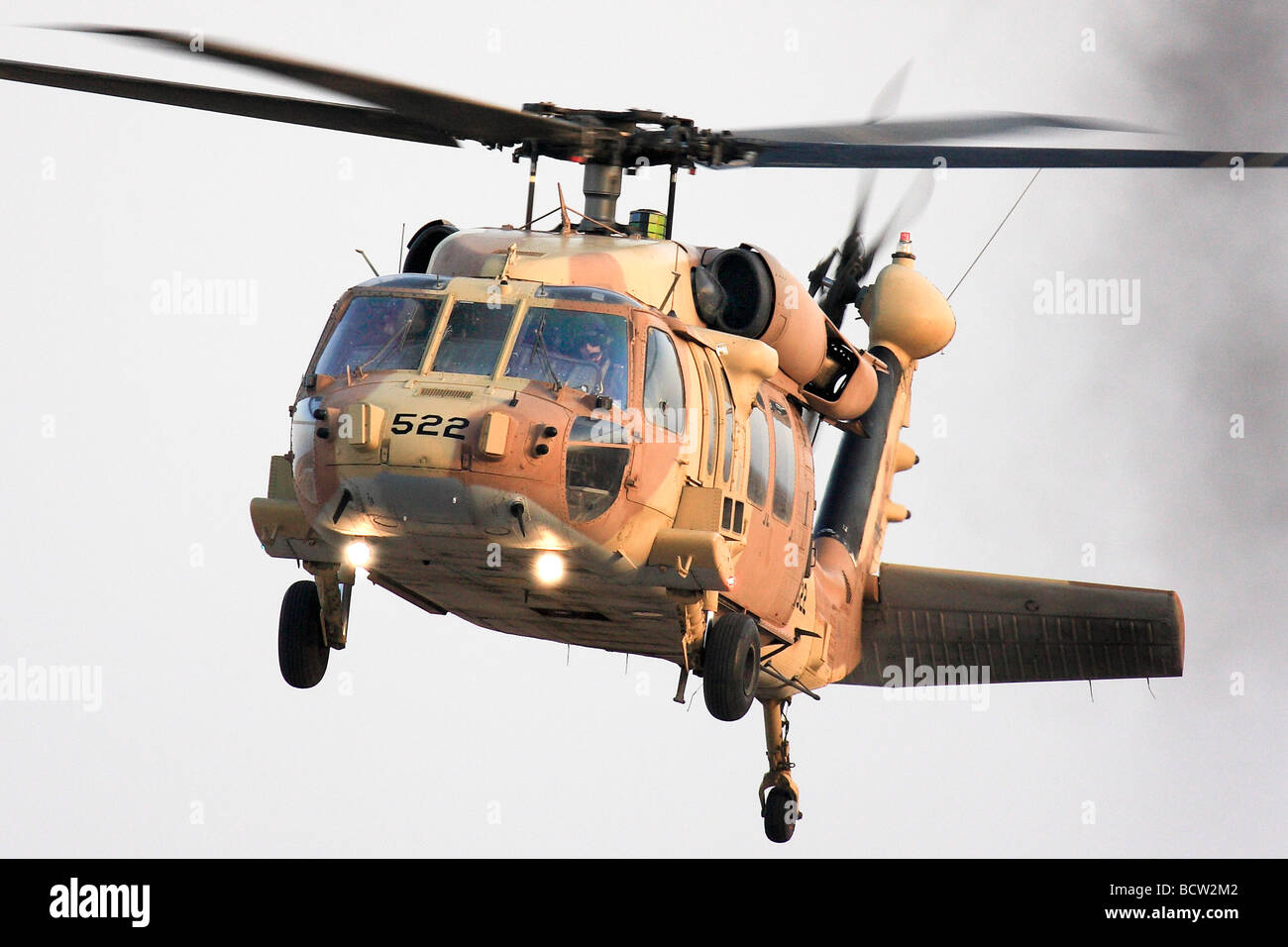Sikorsky S 70: Revolutionizing Tactical Operations with Cutting-Edge Technology
Sikorsky S 70: Revolutionizing Tactical Operations with Cutting-Edge Technology
Blog Article
High-Performance Multi-Role Rotorcraft Featuring Advanced Cabin Technologies and Integrated Sensor Equipments
The realm of rotorcraft technology has seen noteworthy advancements in current times, particularly in the realm of high-performance multi-role rotorcraft geared up with innovative cockpit modern technologies and perfectly integrated sensor systems. In the following conversation, we will certainly explore the development of rotorcraft modern technology, dig right into the realm of advanced cockpit advancements, and check out the effects of integrated sensor systems on the functional adaptability and efficiency of modern rotorcraft.
Advancement of Rotorcraft Innovation
The advancement of rotorcraft technology has been marked by significant improvements in aerodynamics, products, and propulsion systems, shaping the abilities and efficiency of modern-day rotorcraft. Wind resistant improvements have boosted the performance and maneuverability of rotorcraft, allowing for boosted speed, agility, and stability during trip (sikorsky s 70). Developments in products, such as making use of composite products and progressed alloys, have brought about lighter yet stronger rotorcraft structures, boosting total efficiency and sturdiness. Additionally, advancements in propulsion systems, including extra effective engines and ingenious propulsion innovations, have allowed rotorcraft to attain greater elevations, faster speeds, and greater payloads.
These improvements have not just transformed the capacities of rotorcraft but have additionally expanded their applications throughout numerous sectors, including armed forces, industrial, and emergency situation solutions. The continuous evolution of rotorcraft modern technology remains to drive advancement in the field, pushing the limits of what is possible and shaping the future of vertical trip.
Advanced Cockpit Innovations
Building upon the foundational improvements in the rules of aerodynamics, materials, and propulsion systems, the world of rotorcraft technology currently moves emphasis in the direction of introducing Advanced Cabin Innovations. The assimilation of innovative modern technologies within the cabin environment plays a vital function in enhancing the functional capacities, safety, and effectiveness of contemporary rotorcraft. sikorsky s 70. Advanced Cockpit Innovations encompass a broad selection of features created to supply pilots with enhanced situational recognition, structured data administration, and intuitive control user interfaces
Among the essential developments in cockpit layout is the execution of glass cockpits, which replace typical analog gauges with high-resolution screens. These electronic systems use personalized formats, real-time information integration, and boosted readability, making it possible for pilots to gain access to important info at a glance. Furthermore, advanced avionics systems, such as fly-by-wire controls and augmented truth displays, are changing exactly how pilots engage with the aircraft, enabling for specific control and improved decision-making abilities.


Integrating sophisticated cabin developments not only improves pilot performance but additionally adds to overall goal effectiveness and safety in complex operational settings. By leveraging advanced innovations within the cockpit, rotorcraft makers are establishing new requirements for operational excellence and objective success.
Integrated Sensor Solutions
With the evolution of rotorcraft technology, the combination of sophisticated Integrated Sensor Systems has become vital in improving functional performance and safety and security. These Integrated Sensor Solutions include a wide variety of innovations that supply essential information for different functions such as navigating, surveillance, targeting, and environmental tracking. By perfectly incorporating sensing units like radars, cameras, lidar, and infrared systems right into rotorcraft, operators can gain from improved situational understanding, boosted goal capabilities, and decreased pilot workload.
One trick advantage of Integrated Sensing unit Systems is their capability to gather real-time information and offer actionable understandings to pilots and mission operators. that site For instance, progressed radar systems can detect and track targets over fars away, enabling for very early threat discovery and effective feedback preparation. Additionally, integrating infrared and electro-optical video cameras enables rotorcraft to perform reconnaissance and security objectives with accuracy and accuracy.
Essentially, the assimilation of innovative sensing unit innovations into rotorcraft not just improves operational performance however additionally adds considerably to general objective success and crew safety. As rotorcraft proceed to develop, the duty of Integrated Sensing unit Solution will undoubtedly continue to be at the leading edge of advancement in the aerospace market.
Operational Flexibility and Performance
Enhancing operational versatility and effectiveness in rotorcraft is a natural progression from the integration of advanced Integrated Sensor Systems. By leveraging the information and understandings offered by these sophisticated sensor systems, rotorcraft can enhance their performance throughout numerous missions and atmospheres.
Operational flexibility incorporates the ability of rotorcraft to adapt to different functions and situations successfully. With sophisticated cabin innovations and incorporated sensing unit systems, rotorcraft can effortlessly transition between jobs such as search and rescue, clinical discharge, surveillance, and more. This flexibility enhances the rotorcraft's ability to read review fulfill varied functional requirements without calling for extensive reconfiguration.
Effectiveness in rotorcraft operations is essential for maximizing objective efficiency and resource usage. Integrated sensing unit systems play a crucial role in enhancing operational efficiency by supplying real-time information on weather, terrain mapping, target monitoring, and more. This data makes it possible for pilots to make informed decisions swiftly, maximize flight paths, conserve fuel, and boost overall objective performance.
Effect on Modern Air Travel Procedures

Additionally, the combination of innovative sensors facilitates improved objective preparation and execution, making it possible for rotorcraft to carry out a large range of tasks with boosted precision. From search and rescue operations to airborne firefighting and police goals, the abilities of modern rotorcraft outfitted with innovative cockpit innovations and incorporated important link sensor systems are exceptional.
Moreover, the influence of these improvements expands beyond operational performance to cost-effectiveness and sustainability. By optimizing flight routes, fuel usage, and maintenance schedules, high-performance rotorcraft furnished with sophisticated cockpit modern technologies and sensing units contribute to reducing functional prices and environmental effect, making them essential possessions in modern-day aeronautics procedures.
Conclusion
In conclusion, the high-performance multi-role rotorcraft with sophisticated cabin modern technologies and incorporated sensing unit systems stands for a significant evolution in aviation innovation. These advancements enhance operational adaptability and effectiveness, inevitably influencing modern-day aeronautics procedures in a favorable means. The assimilation of these innovative technologies enables for improved abilities and efficiency in numerous goal circumstances, showcasing the proceeded development of rotorcraft technology in the air travel market.
The world of rotorcraft modern technology has seen notable innovations in current times, specifically in the realm of high-performance multi-role rotorcraft geared up with advanced cockpit technologies and flawlessly incorporated sensor systems. From enhanced goal adaptability to enhanced operational performance, the merging of sophisticated cockpit modern technologies and integrated sensing unit systems has actually ushered in a brand-new era of opportunities for rotorcraft applications. In the adhering to discussion, we will certainly check out the evolution of rotorcraft modern technology, dig into the world of sophisticated cockpit technologies, and take a look at the implications of incorporated sensor systems on the functional adaptability and efficiency of modern-day rotorcraft.

Report this page